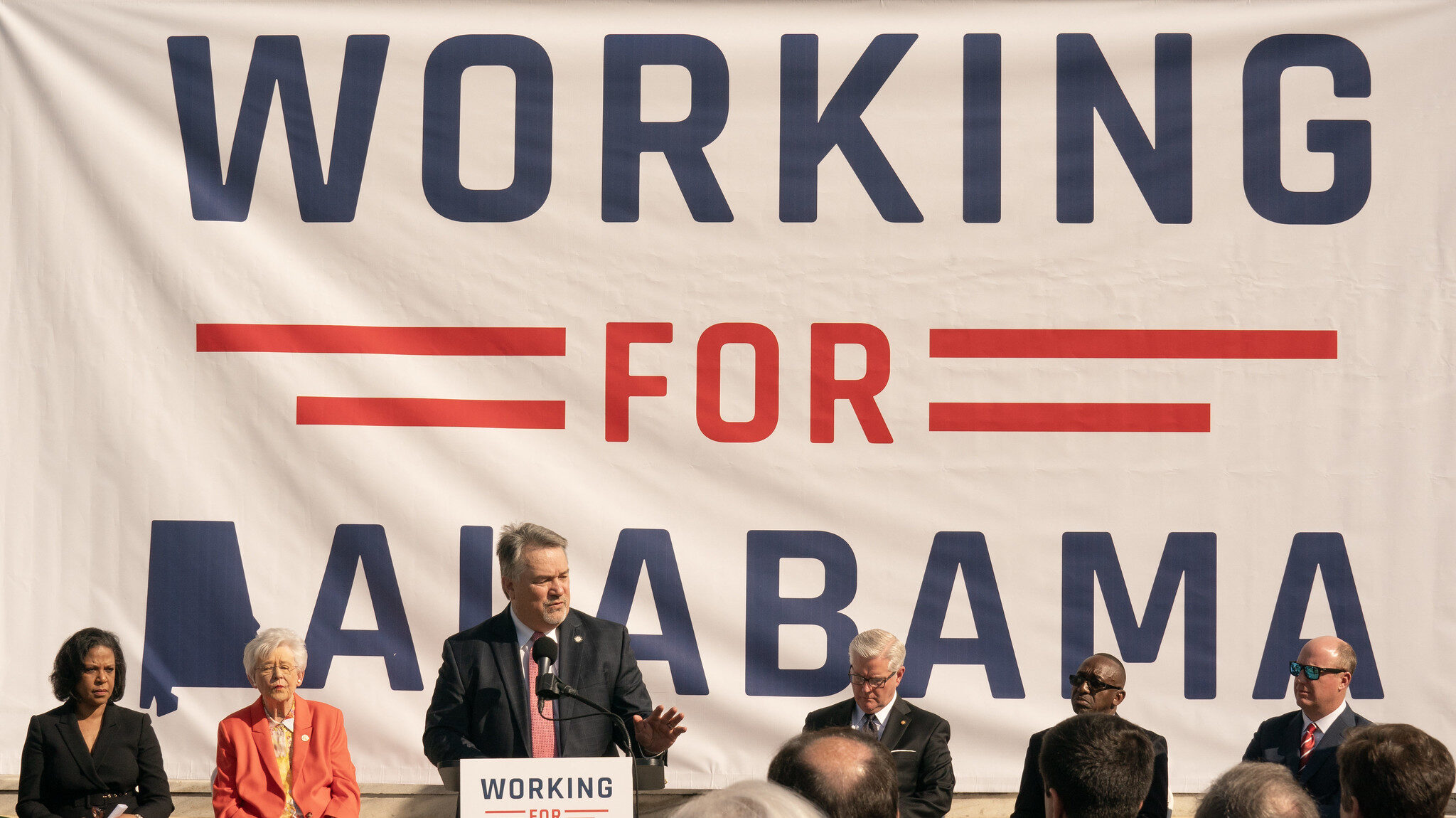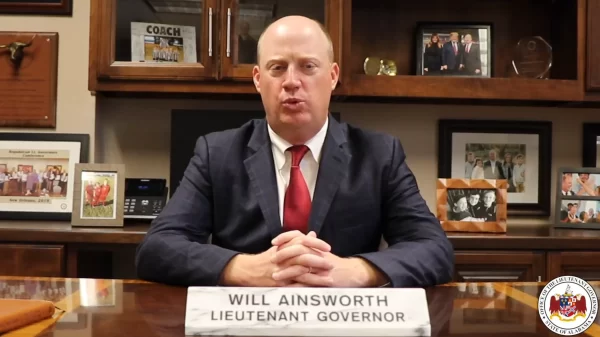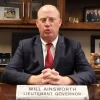|
Getting your Trinity Audio player ready...
|
As the 2024 Legislative Session moves forward, a striking shift in priorities should become evident. After dedicating the bulk of the early session to passing bills that seemed aimed more at appeasing the far-right factions within the Republican Party with “Red Meat” legislation, the focus should now take a notable turn. With just 13 days left, the legislative agenda now champions the real needs of Alabama’s residents under the promising banner of “Working for Alabama.” This shift is not just a refreshing change; it’s a critical redirection towards issues that genuinely matter to the everyday Alabamian.
The “Working for Alabama” initiative, a suite of seven bills, promises to be nothing short of transformational. It signals a potentially pivotal moment for Alabama, one that could redefine the state’s economic and social landscape. The focus is squarely on economic development, with a particular emphasis on enhancing the quality of life for the working populace of Alabama. This shift in legislative focus is not just welcome; it’s necessary.
For too long, the discourse around economic development has been narrowly focused, predominantly emphasizing workforce development and infrastructure. While these are undoubtedly critical components of economic prosperity, they represent just two legs of a three-legged stool. The third leg, quality of life, has been conspicuously neglected, much to the detriment of Alabama’s real growth.
Quality of life is an expansive term, encompassing everything from access to healthcare and education to environmental quality and recreational opportunities. These are not mere luxuries; they are fundamental components of a vibrant, resilient economy. They attract and retain talent, foster innovation, and contribute to a healthier, happier workforce. It’s encouraging to see this realization take shape in the form of the “Working for Alabama” package, which aims to rectify this historical oversight.
At its heart, the initiative aims to enhance economic development, but its scope extends far beyond mere financial metrics. It seeks to uplift the quality of life for working Alabamians, a goal long overshadowed by the dual pillars of workforce development and infrastructure. This holistic approach, likening economic development to a three-legged stool—encompassing workforce, infrastructure, and quality of life—is a paradigm shift. It acknowledges a truth that has been neglected for too long: without a concerted effort to improve the quality of life, economic development cannot be sustainable.
Governor Kay Ivey, alongside a bipartisan group of legislative leaders, has championed the “Working for Alabama” package as a major step forward in addressing some of the state’s most pressing challenges. From improving Alabama’s labor force participation rate to breaking down barriers to workforce entry, such as the high cost of childcare, these reforms are designed to be inclusive and far-reaching. This initiative also targets high school graduates not pursuing higher education, aiming to equip them with the tools and opportunities necessary for success without a four-year degree.
The focus on affordable childcare, first identified by Lt. Gov. Will Ainsworth, is particularly commendable. It acknowledges a critical barrier to workforce participation, offering tangible solutions to families caught in the dilemma of career versus childcare. This move not only supports workforce growth but underscores Alabama’s commitment to being a pro-family state.
Additionally, the initiative’s emphasis on streamlining economic development strategies speaks to a broader vision. By making Alabama more competitive and attractive to businesses, the state can ensure its continued growth and prosperity. This involves a concerted effort to strengthen communities through improved infrastructure, such as expanded broadband access, and a higher quality of life—elements vital for attracting investment and fostering economic development.
Yet, for all its promise, the success of the “Working for Alabama” package hinges on its implementation and the sustained commitment of Alabama’s leadership to these goals. It represents a potential turning point for Alabama, one that could redefine the state’s future trajectory. This initiative offers a blueprint for progress, focusing not only on economic metrics but on enhancing the lives of its citizens. The shift from catering to ideological extremes to addressing the practical needs of Alabamians is a welcome change, reflecting a commonsense approach to governance that should be the norm, not the exception.
As the session draws to a close, the “Working for Alabama” package stands as a testament to what can be achieved when leaders prioritize the well-being of their constituents over political theatrics. It embodies a hopeful vision for Alabama’s future, one where economic development and quality of life go hand in hand. This is not just legislation; it’s a statement of values, which could signal a brighter future for all Alabamians.




















































